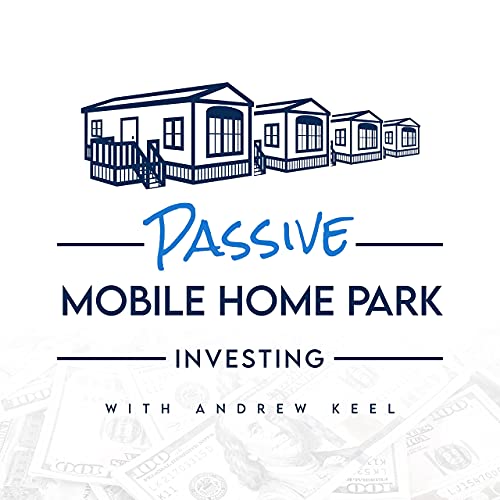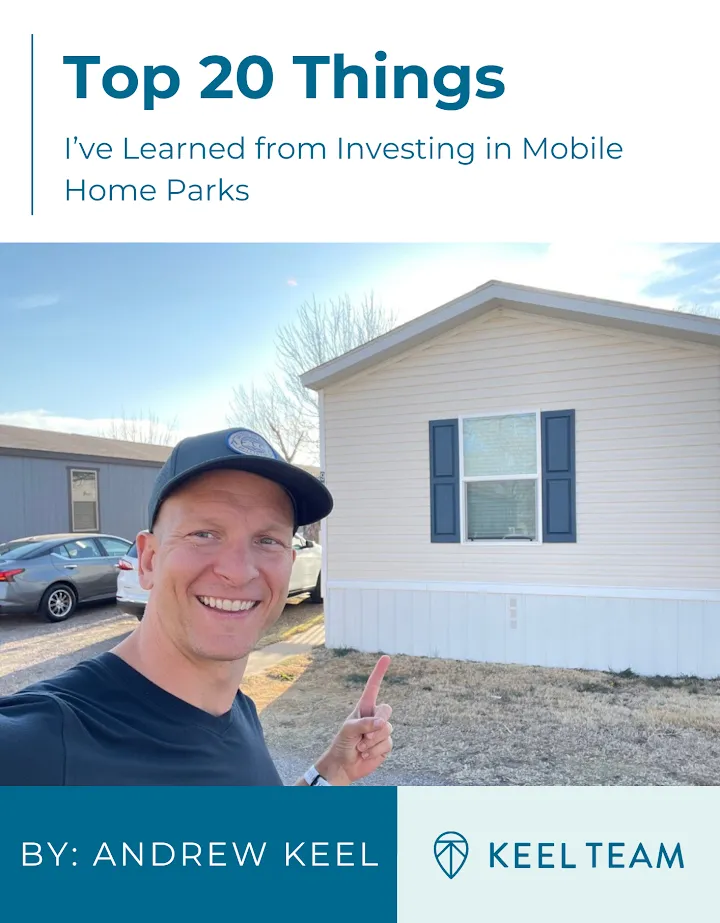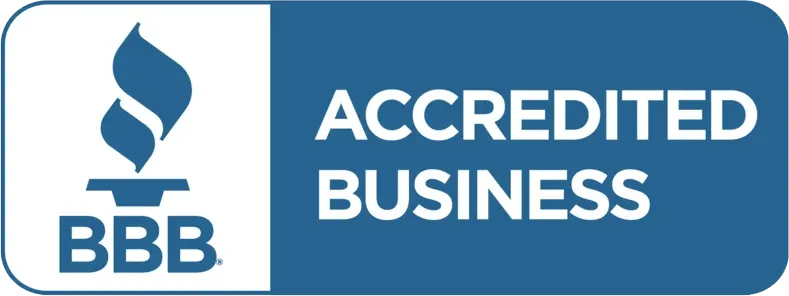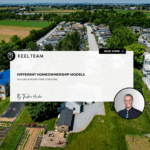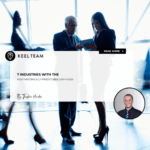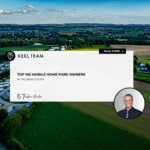How We Manage Risk in Mobile Home Park Investing
-
 Tristan Hunter - Investor Relations
Tristan Hunter - Investor Relations
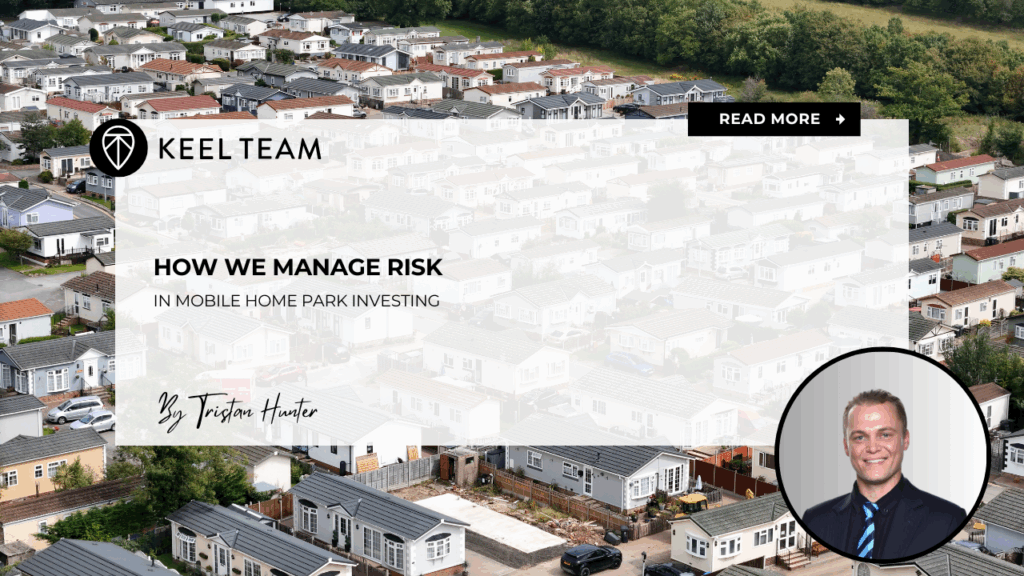
Mobile home park investing is often seen as a unique and potentially attractive way to build wealth. Like any investment, however, it comes with risks. While there are no guarantees in real estate, experienced operators can use proven strategies to help protect investors’ capital and smooth out returns over the life of a deal.
At Keel Team, we place a strong emphasis on managing risk at every stage of the process — from deal selection to operations. Below, we will explore some of the key ways we seek to mitigate risk, including tenant mix, utility upgrades, insurance planning, and market selection.
Understanding Risk in Mobile Home Park Investing
Before diving into the strategies, it is helpful to define what we mean by “risk.” In mobile home park investing, risk can show up in many forms: loss of income due to vacancies, unexpected repair costs, declining market demand, or even regulatory changes that affect operations.
Because mobile home parks are a niche real estate asset class, managing these risks takes a proactive approach and a focus on the fundamentals. The goal is to create a stable, predictable income stream while working to preserve and grow the value of the property over time.
Download our FREE eBook on the Top 20 things to know BEFORE investing in mobile home parks!
Tenant Mix: Building a Stable Community
One of the first areas where risk management comes into play is the tenant mix. A well-balanced tenant base can have a significant impact on the consistency of rental income and the overall health of the community.
Why Tenant Mix Matters
A mobile home park that relies too heavily on a single type of tenant — for example, only park-owned rental homes — may face more volatility in occupancy and collections. Striking a balance between tenant-owned homes and park-owned homes can help stabilize income.
Tenant-owned homes typically provide more consistent revenue because the residents have a stronger incentive to stay. Moving a mobile home can be expensive, which encourages longer tenures and a sense of pride in the community. At the same time, having a reasonable number of park-owned homes allows the operator to quickly fill vacant lots, maintain occupancy, and support overall cash flow.
Screening and Community Standards
Another key part of managing tenant risk is having clear and fair screening criteria. While we cannot predict every resident’s behavior, using background checks, credit checks, and rental history helps bring in tenants who are more likely to pay on time and take care of their homes.
Maintaining community standards also plays a role in reducing risk. Well-kept common areas, clear rules, and consistent enforcement create a safer, more pleasant environment — which can improve retention and reduce turnover costs.
Utility Upgrades: Protecting NOI and Reducing Surprises
Utilities are one of the largest ongoing expenses for mobile home park operations. Leaks, aging infrastructure, and unmetered usage can all eat into net operating income (NOI) and create unpleasant surprises for investors.
Water and Sewer Systems
Water line breaks or sewer issues can lead to high repair bills and resident dissatisfaction. When evaluating a mobile home park acquisition, we look closely at the condition of water and sewer systems. If lines are aging or have a history of leaks, we often budget for replacements or upgrades as part of our value-add plan.
Installing individual water meters (such as Metron meters) can also be a powerful risk-mitigation step. Metering usage allows the operator to bill residents for their actual consumption, which can encourage conservation and align expenses more closely with revenue.
Gas and Electric Infrastructure
Similarly, upgrading gas and electric infrastructure can reduce safety risks and lower long-term costs. If the mobile home park uses master-metered gas or electric systems, we explore opportunities to sub-meter or transfer utilities into residents’ names. This shift can lower the property’s exposure to fluctuating utility rates and improve NOI.
Insurance: Preparing for the Unexpected
Insurance is one of the most straightforward yet crucial risk management tools in mobile home park investing.
Types of Coverage
A well-structured insurance policy can help protect against losses from fire, storm damage, liability claims, and business interruption. The exact coverage needed may vary by property, but common policies include:
- General liability insurance to cover accidents on the property
- Property insurance for park-owned structures, such as clubhouses or rental homes
- Business income coverage to offset lost revenue if a covered event disrupts operations
Regular Reviews and Updates
Because replacement costs and construction pricing can change over time, it is wise to review insurance coverage regularly. Adjusting policy limits ensures that coverage remains adequate and reflects current market conditions.
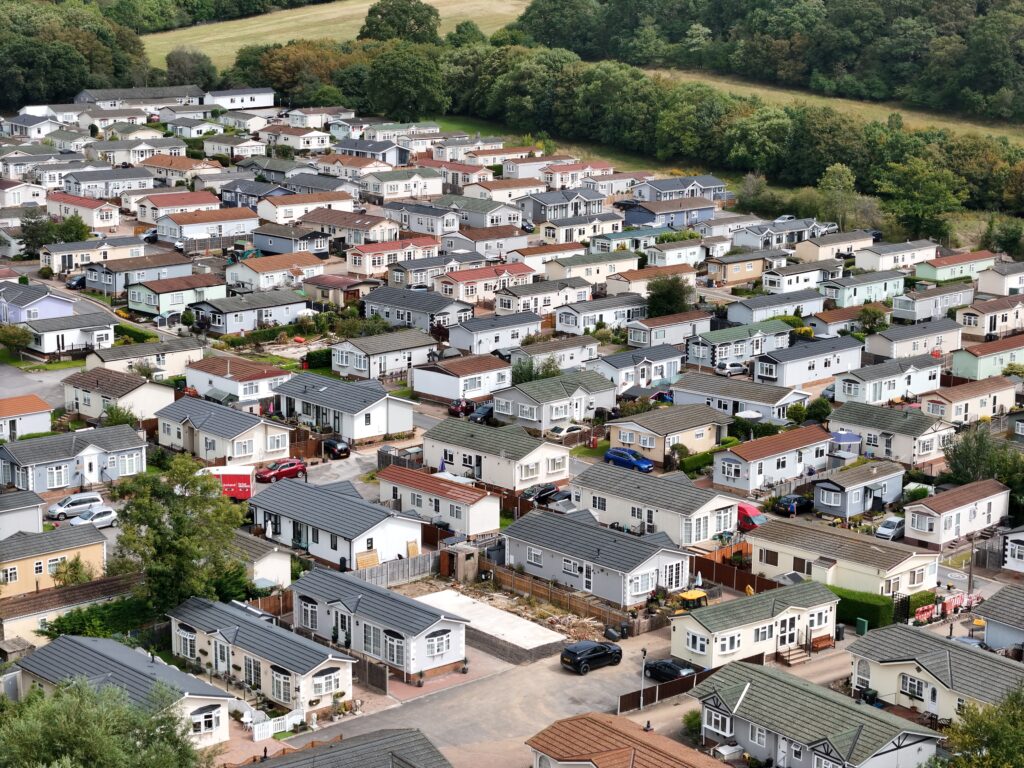
Market Selection: Choosing the Right Location
Even the best-managed mobile home park can struggle if it is located in a declining market. Market selection is therefore one of the most important risk management decisions an operator makes.
Key Market Metrics
When evaluating a market, we typically look at:
- Population Trends: Are people moving in or out of the area? A growing or stable population often supports consistent demand for affordable housing.
- Employment Drivers: Diverse employment sources can reduce the impact of a single employer shutting down.
- Median Home Prices and Rents: Large gaps between apartment rents and lot rents can indicate strong value for residents and room for sustainable rent increases.
- Local Regulations: Some municipalities may have rent control measures or strict zoning requirements that could limit future improvements.
Submarket Research
Going a step further, we also analyze the immediate submarket. This includes checking for competing mobile home parks, vacancy rates, and overall quality of housing stock in the area. Understanding the competitive landscape helps reduce the risk of overpaying or facing prolonged vacancies.
Operational Excellence: The Ongoing Risk Mitigation Tool
While tenant mix, utilities, insurance, and market selection are critical, risk management does not stop at acquisition. Day-to-day operations can make or break the success of a mobile home park investment.
Strong property management teams, clear communication with residents, and proactive maintenance programs all contribute to smoother operations and better long-term outcomes. Routine inspections, transparent accounting, and timely reporting to investors also help identify issues early and address them before they grow into bigger problems.
Final Thoughts: Managing Risk Without Overpromising
No investment is entirely risk-free, and mobile home park investing is no exception. However, by focusing on tenant mix, upgrading utilities, carrying robust insurance, and selecting strong markets, we can work to reduce risk and create a more predictable investment experience.
Passive investors who partner with experienced operators often benefit from these risk management strategies without having to handle the day-to-day challenges themselves. While there is never a guarantee of success, a disciplined approach to risk can go a long way toward protecting capital and supporting the goal of consistent returns.
Are you looking for MORE information? Book a 1-on-1 consultation with Andrew Keel to discuss:
- A mobile home park deal review
- Due diligence questions
- How to raise capital from investors
- Mistakes to avoid, and more!
Disclaimer:
The information provided is for informational purposes only and is not investment advice or a guarantee of any kind. We do not guarantee profitability. Make investment decisions based on your research and consult registered financial and legal professionals. We are not registered financial or legal professionals and do not provide personalized investment recommendations.

Tristan Hunter - Investor Relations
View The Previous or Next Post
Subscribe Below 👇
